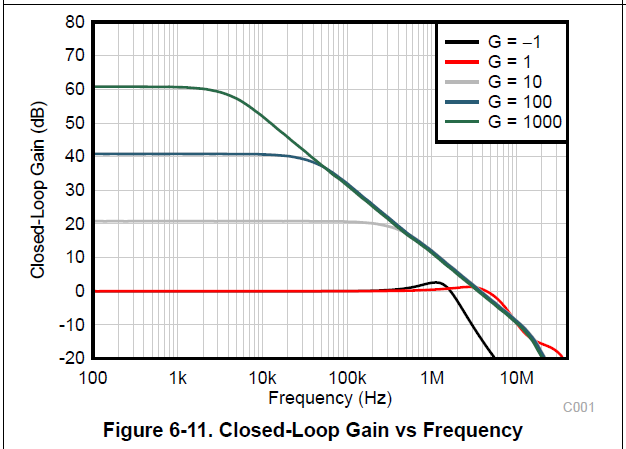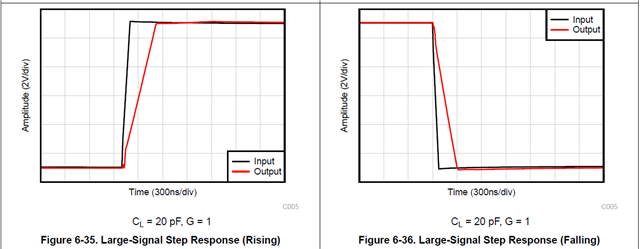Other Parts Discussed in Thread: TLV9364, OPA4992
Tool/software:
Hi,
One of my customers recently reached out to me with an issue where the slew rate they are seeing from the device is off by an order of magnitude than what they expected from the datasheet. They were unable to duplicate the curves seen in the data sheet in figure 6-11.
I can ask for their schematic to review and as well as an image of their test setup when they tried to replicate the curves, but is there anything else that would be helpful to check in resolving this?
Or are there any known dependencies which may influence the slew rate performance of the device?
Thank you for your help here.



